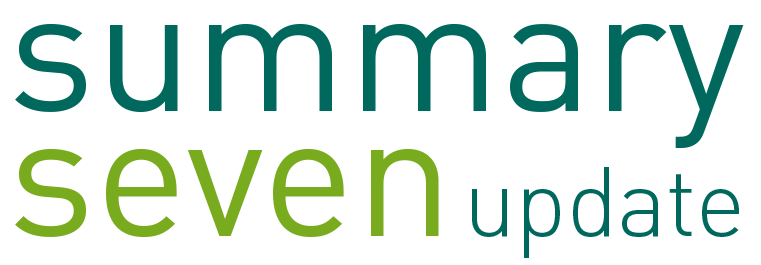July 1 marks the start of e-prescription trials in Germany. Digital prescribing will then be mandatory for doctors‘ practices and pharmacies from 2022 and can simplify billing and, for example, allow a better overview of the medication plan. Many European countries, including our neighbors Denmark and the Netherlands, and all Baltic states, Finland, Iceland, Montenegro, Norway, Portugal, Slovenia, Sweden, Spain, and the United Kingdom, have already introduced such solutions in 2017. However, the process is not equally advanced in all countries.
The prime example is Denmark, a fully linked system involving patients, doctors, and pharmacists as an app solution. E-prescription transmissions, Rx and OTC medication lists (available for two years with consent), prescription deliveries, automatic repeat prescriptions, and the national health platform to which everyone has access are all included. All stakeholders in Denmark benefit from the sophisticated e-prescription concept. Estonia and Finland even have cross-border systems based on EU directives. Such patient summary records with important patient information are also said to be in the works across countries. However, the technical prerequisites are not the same or equally good everywhere, so that in some countries, only partially or regionally functioning systems are up and running. Technical availability in Israel, Italy, Canada, England, and Spain, to name just a few, are the hurdles in these countries, according to a Bertelsmann analysis.
Germany, but also our neighboring countries Austria and Poland as well as Switzerland are far behind. In this country and in Poland, however, there will soon be electronic prescriptions. In 2017, 40 of the 73 countries surveyed already had e-prescription solutions, but not Germany. Even Albania, South American countries such as Ecuador, Costa Rica and Paraguay, and Kenya in Africa have overtaken Germany. In the Federal Republic, there will be a bar or QR code solution created by the doctor, which can then be presented as a paper prescription or digitally at the pharmacy. Other countries continue to work with the electronic health card (eGK), which is then read in at the pharmacy and first accesses a server there.
Source: Pharmazeutische Zeitung
